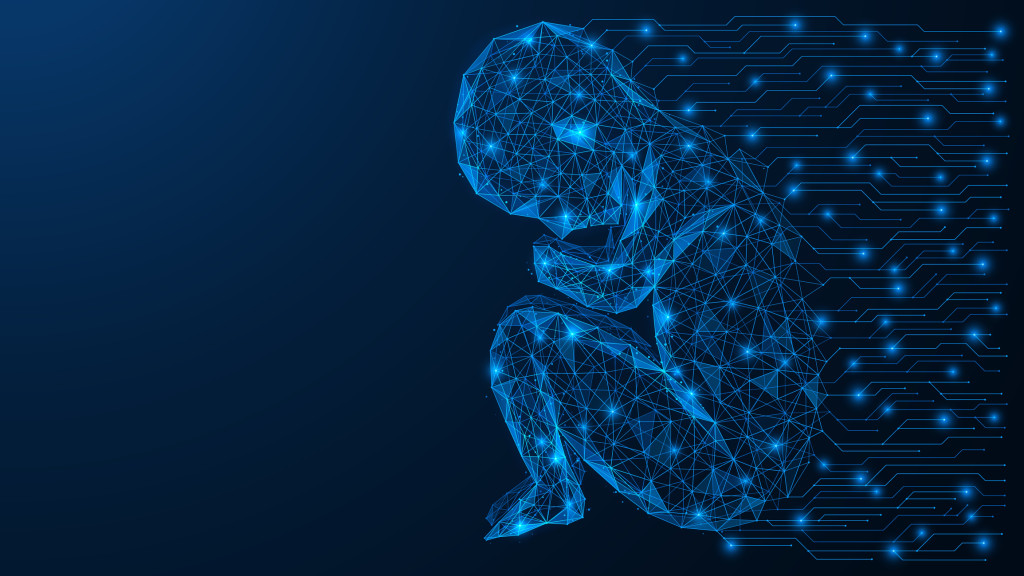Worldwide, the prevalence of miscarriage is extremely high, yearly reported at 23 million. Of the average 6 million pregnancies in the United States each year, 16% end in miscarriage. The fetus is most vulnerable within the first trimester, with the majority of losses occurring between week 6-8, possibly resulting from genetic or environmental factors. However, little to no research has yet been conducted on miscarriages during this time period due to lack of access. Human embryonic research beyond 14 days is prohibited because of development of the ‘primitive streak’ (early-stage brain). Therefore, little is understood about the mechanisms of miscarriage during the time it occurs most often. After 14 days, human research embryos are discarded.
Researchers are working toward abolishing the 14-day rule, but in lieu of this, the concept of human embryonic “models” has been quietly advanced over the last decade. The theory proposes creating human embryos from a single embryonic stem cell that can “ethically” be grown beyond 14 days because they cannot develop into viable fetuses. Without the use of eggs and sperm, techniques to accomplish this feat have proven successful using mice and monkeys in China and Israel. Small numbers of these animal “models” formed fully developed embryos that were then implanted into a female animal womb, but none have yet resulted in a viable fetus.
Now, in a radical scientific breakthrough, research teams in Cambridge and California have cooperatively created human embryos directly from embryonic stem cells, bypassing the need for sperm and eggs. At first, human embryonic “models” lack organs, such as a beating heart or functioning brain, but they may be able to develop these, as well as a placenta, yolk sac and eventual embryo (as seen in animal studies). The present intention is to use them to study probable causes of miscarriages, as well as providing new tissue sources for human transplantation. It is acknowledged these advancements may also pave the way to normalizing human asexual reproduction. “And one day, these synthetic embryos may be viable embryos.” (Francoise Baylis, 2023). Alarmingly, since these are not “natural human embryos resulting from fertilization” there are no regulations worldwide to govern this research presently, and yet the research community tentatively accepts it as ethical.
The head of stem cell biology and developmental genetics at Francis Crick Institute in London, Robin Lovell-Badge observes that “If the whole intention is that these models are very much like normal embryos, then in a way, they should be treated the same.” Even a synthetic human embryo is of the species Homo sapiens and is a living organism. Technically therefore, the 14-day rule must be applied to these human embryonic “models”. All human life must be treated with dignity and respect, from conception/creation to natural death. Is a non-viable human embryo NOT HUMAN? When a mother miscarries (a non-viable embryo/fetus), does she not grieve the loss of her human child? Whether natural or synthetic, viable or non-viable, all human embryos are distinctly human, and the most vulnerable of society. “Every human being is an end to be respected, not a means to be used for someone else’s end. Failure to protect embryonic and fetal human life , the most vulnerable of human beings, erodes the moral fiber of society.” Therefore, NCER opposes research that creates synthetic human embryo “models,” because in the process human dignity is abused.
Journalistic Hype of Investigator Hype?
Scientists create world’s first ‘synthetic embryos.’

